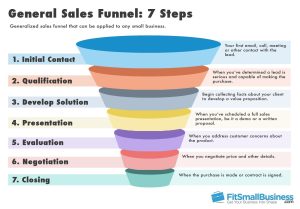
Strategies for Managing and Reducing Business Debts
In today’s competitive business landscape, managing and reducing business debts is crucial for long-term success. High levels of debt can hinder growth opportunities, impact cash flow, and put strain on the overall financial health of a company. However, by implementing effective strategies, businesses can regain control and work towards reducing their debt burden.
1. Assess Your Current Debt Situation
The first step in tackling business debts is to assess the current situation. Closely examine your financial records, including outstanding loans, credit lines, and any other forms of debt. Create a clear picture of who you owe, how much, and the terms of repayment for each debt.
2. Develop a Realistic Debt Repayment Plan
Once you have a clear understanding of your debts, create a realistic repayment plan. Start by prioritizing high-interest loans or debts with stringent terms. Allocate a portion of your revenue towards paying off these debts while ensuring you have enough funds to cover essential business expenses.
3. Negotiate with Creditors
When facing financial difficulties, it’s crucial to communicate openly with your creditors. Many creditors are willing to negotiate new terms, such as lower interest rates or extended repayment periods, to help you overcome financial challenges. By maintaining a transparent and honest relationship, you can potentially alleviate some financial pressure.
4. Reduce Business Expenses
An effective strategy to manage and reduce business debts is to cut unnecessary expenses. Review your expenditures and identify areas where you can make cost-saving adjustments. This may involve reducing non-essential business travel, renegotiating supplier contracts, or implementing energy-saving measures within your office space.
5. Increase Revenue Streams
An additional approach to managing debts is to explore ways to increase your revenue streams. Conduct market research to identify alternate sales channels, expand your target audience, or diversify your product offerings. By expanding your revenue base, you can generate more income to allocate towards debt payments.
6. Consider Debt Consolidation
If your business has multiple debts with varying interest rates and terms, consolidating them into a single loan can streamline repayment and reduce overall interest costs. Debt consolidation involves taking out a new loan to pay off existing debts, allowing for easier management and a potentially lower overall interest rate.
7. Seek Professional Help
If managing business debts becomes overwhelming or the situation is highly complex, it may be beneficial to seek professional help. Engaging with financial consultants or debt management agencies can provide expert guidance tailored to your specific needs and help you navigate through challenging debt situations.
Conclusion
In conclusion, effective debt management is crucial for every business. By assessing your current debt situation, developing a realistic repayment plan, negotiating with creditors, reducing business expenses, increasing revenue streams, considering debt consolidation, and seeking professional help when necessary, you can successfully manage and reduce your business debts. Remember, taking proactive steps now will lead to a healthier financial future for your business.

